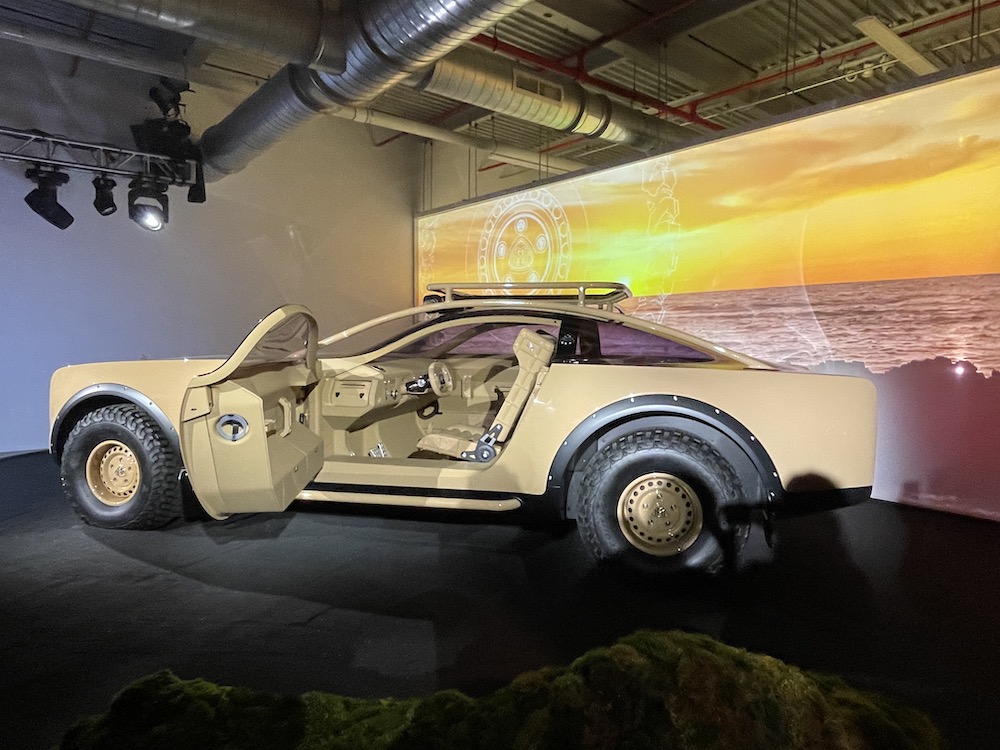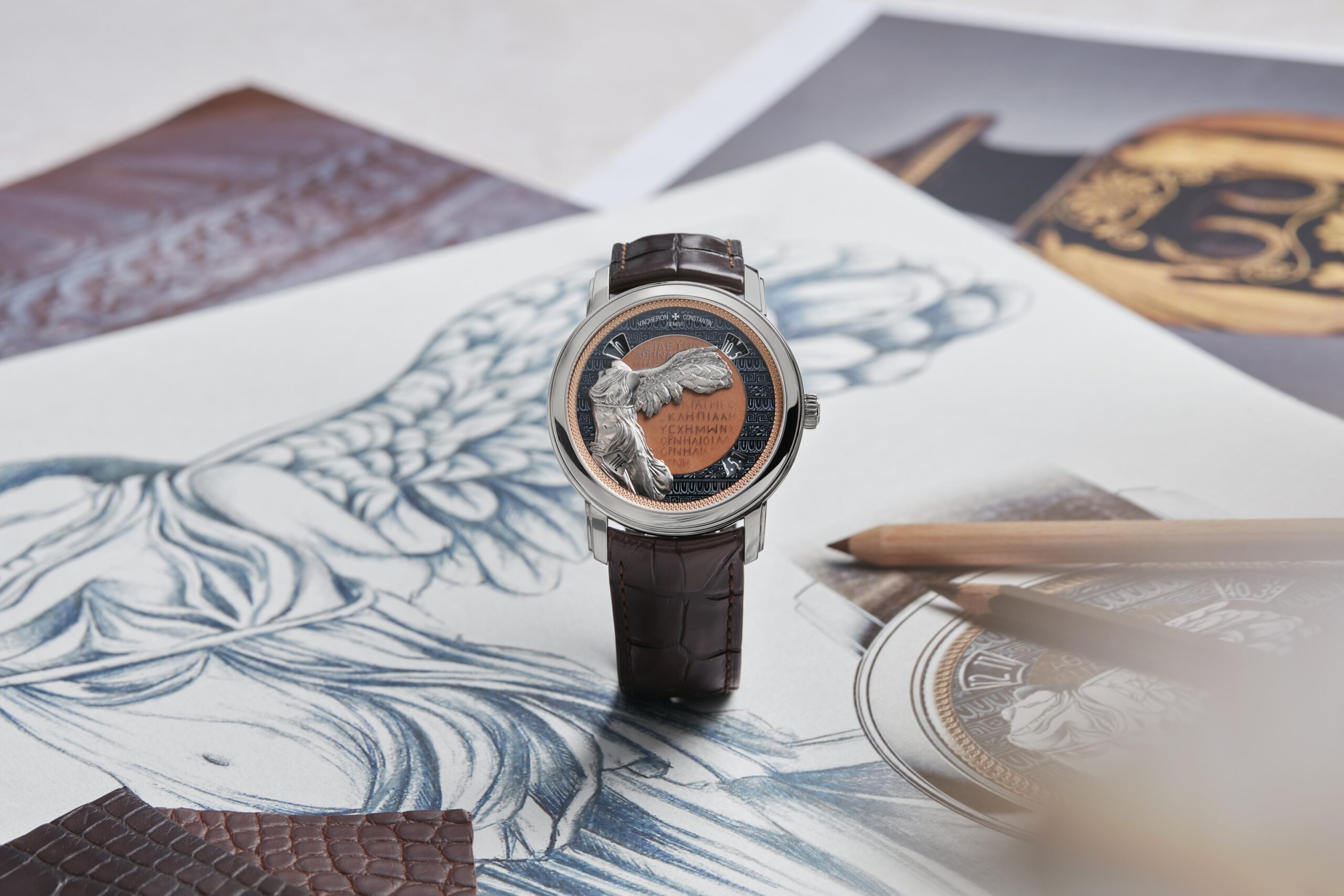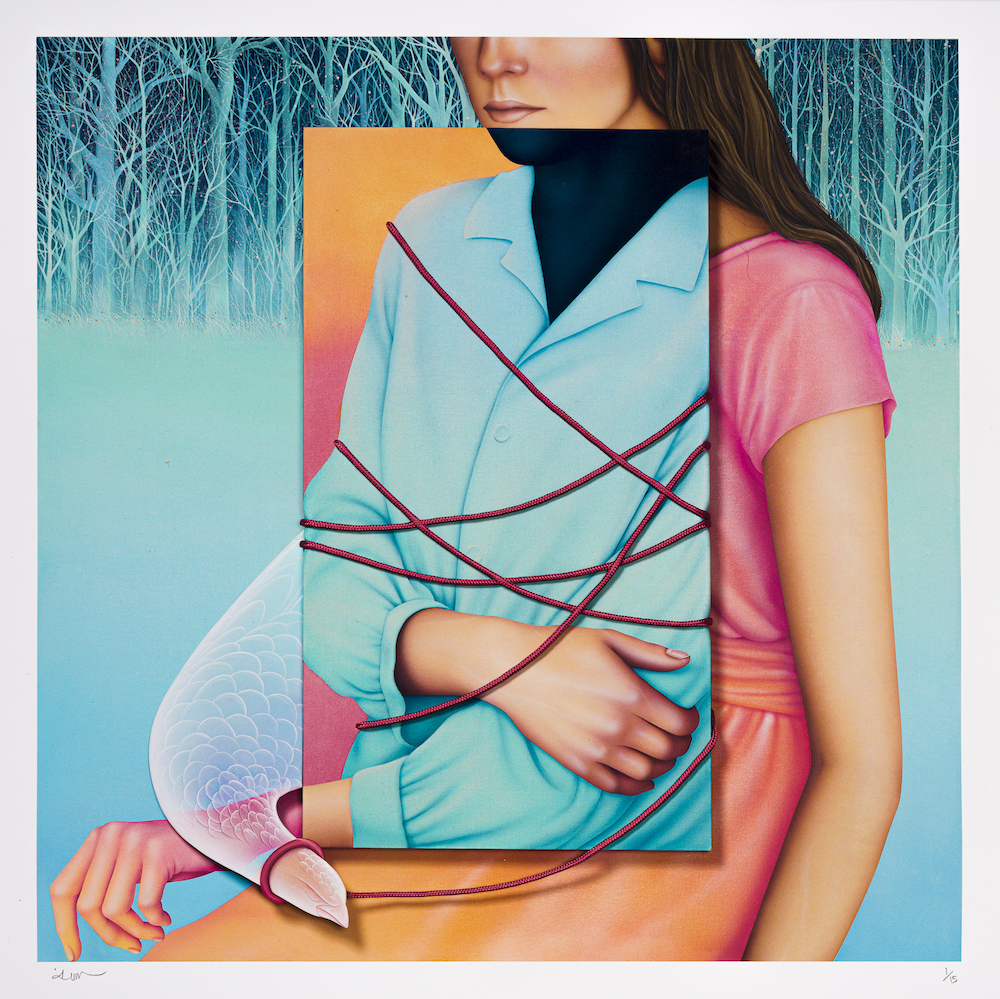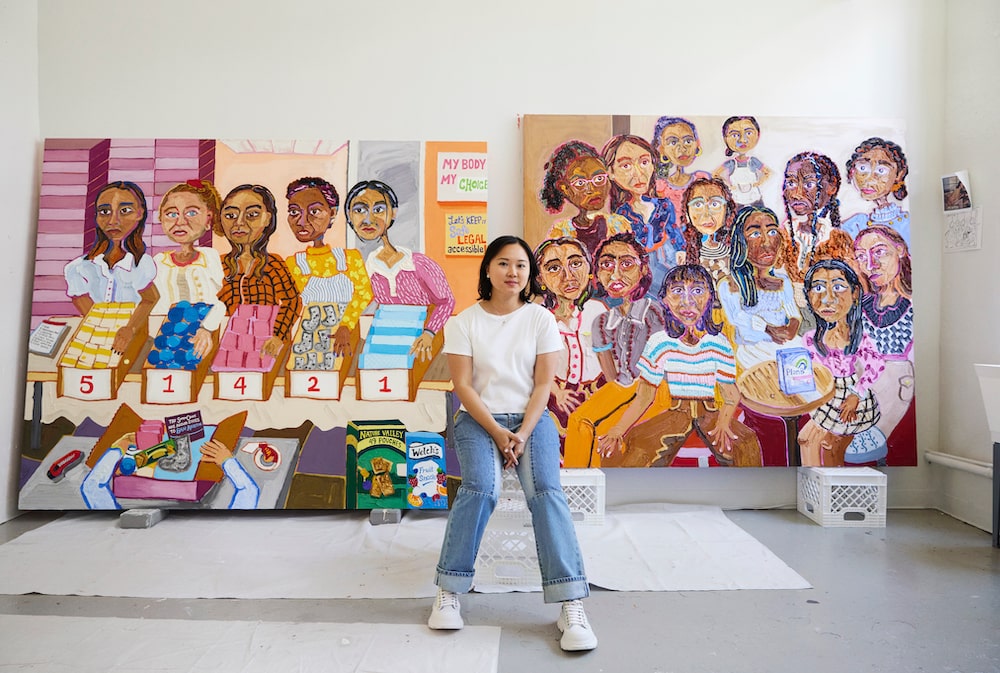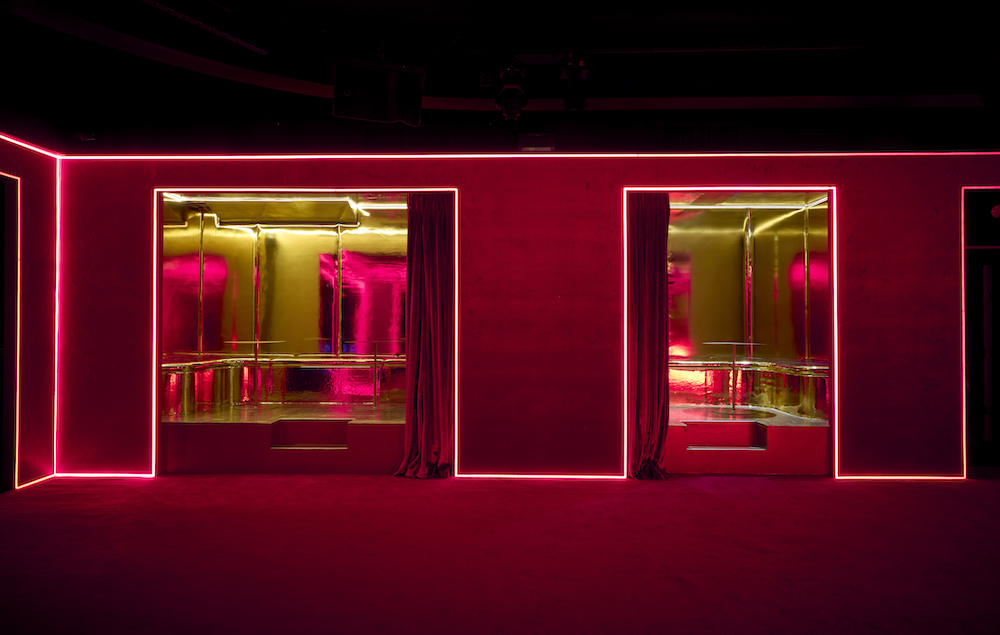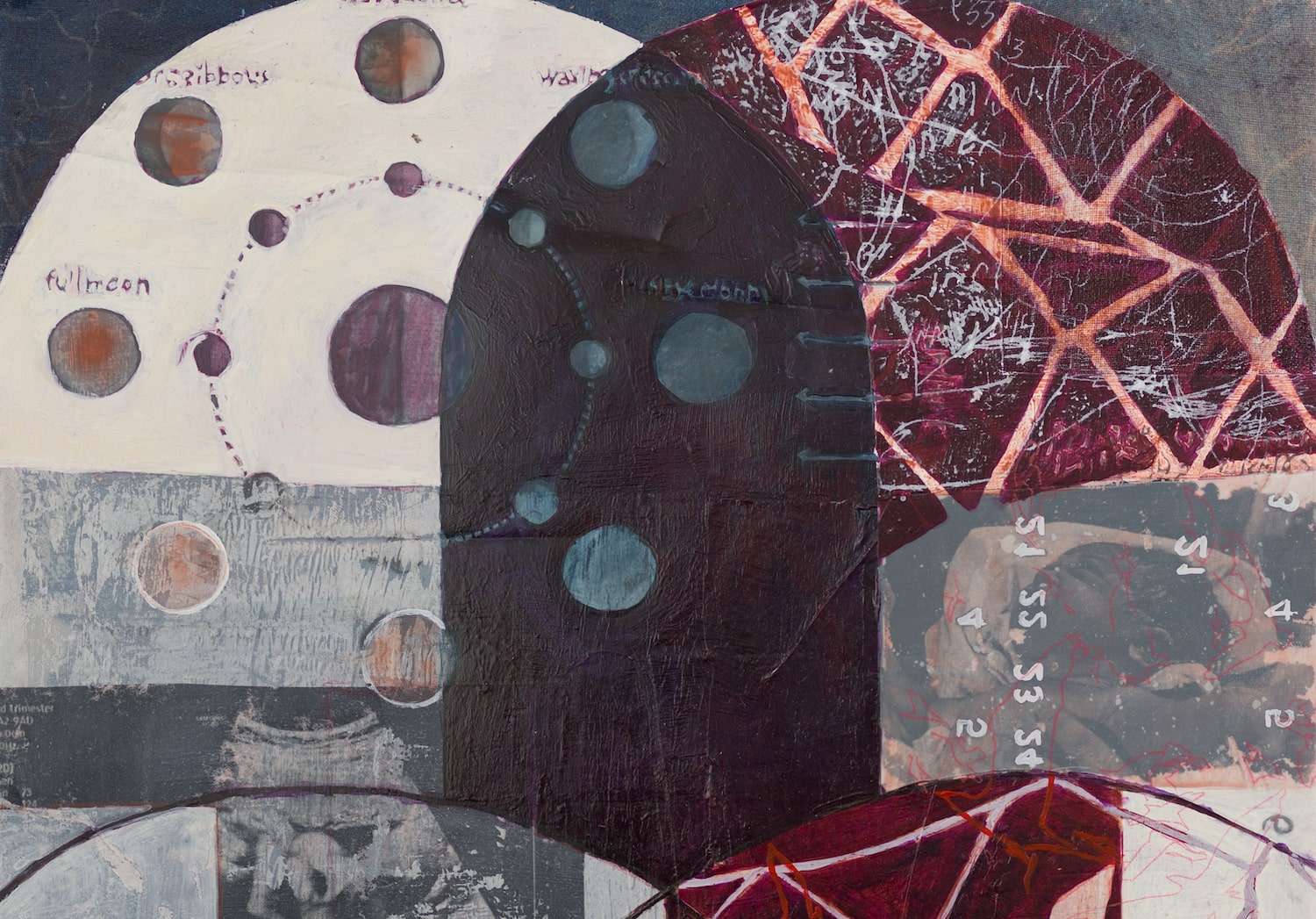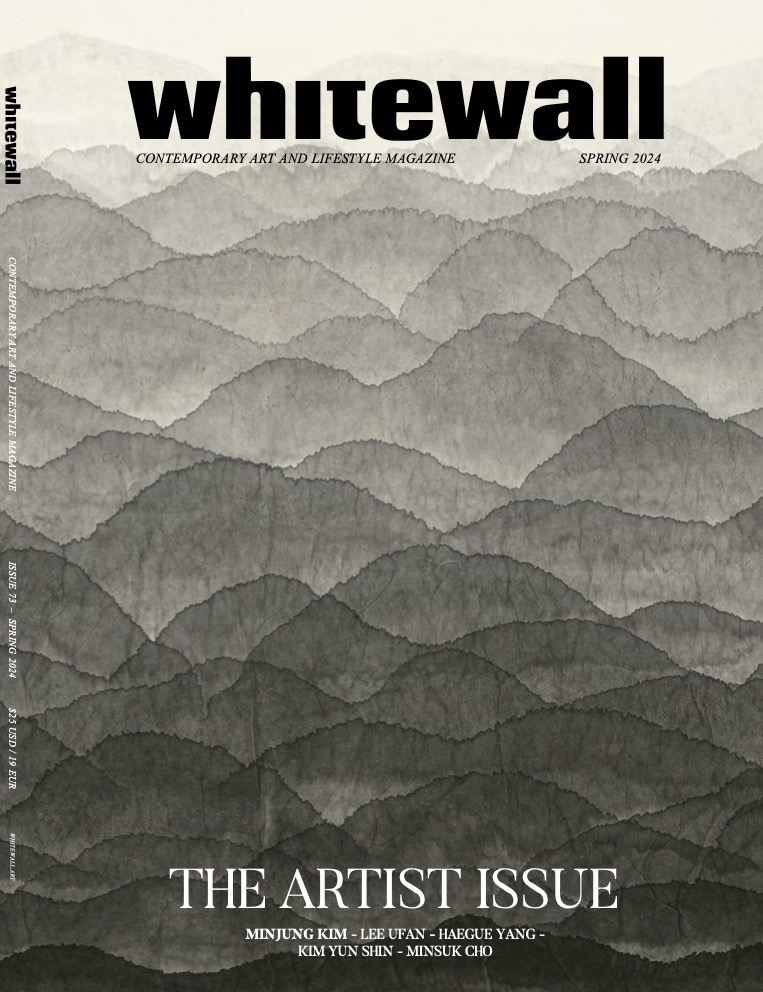ART FOR CHANGE, a platform to connect art collectors with creatives that donates a portion of all proceeds to nonprofits, is partnering with Planned Parenthood of Greater New York to support reproductive rights in the face of the Supreme Court’s decision to overturn Roe v. Wade. ART FOR CHANGE will be selling three commissioned releases from significant artists Maggie Ellis, Hein Koh, and Arghavan Khosravi, available on the ART FOR CHANGE website this week. The first print will be made available on August 15, with the second and third prints available on August 17 and 19, respectively.
“The Supreme Court’s decision on June 24 shook the nation,” said ART FOR CHANGE Founder, Jeanne Masel. “We are proud to partner with such a prominent organization as Planned Parenthood of Greater New York and are in awe of their unwavering dedication to fighting for reproductive rights. Now more than ever, showing our support is imperative to the health and liberty of our society.”
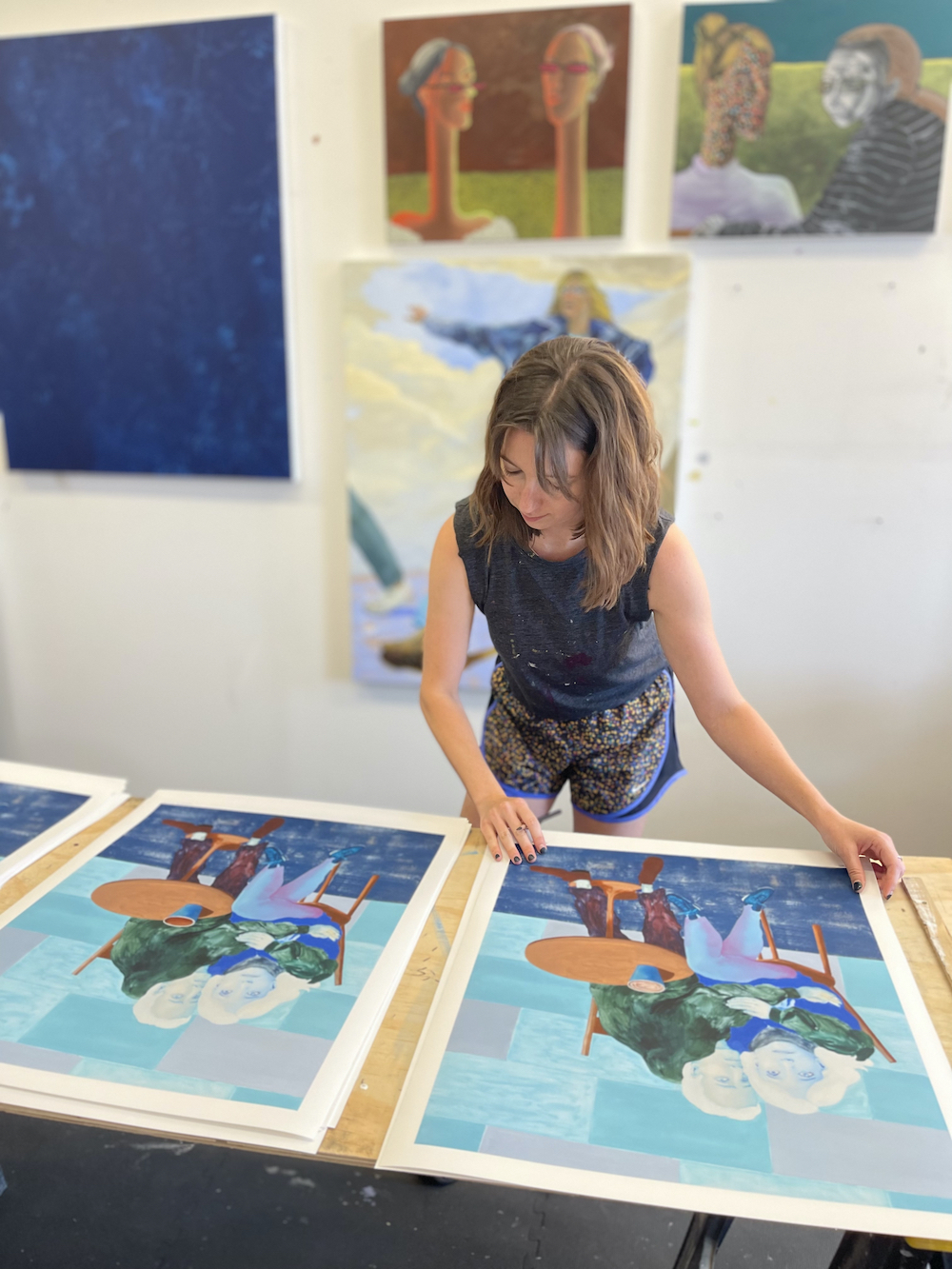
Courtesy of ART FOR CHANGE.
Ellis is known for her humanity-driven work, depicting everyday life with perception and detail. Subject matters and painting techniques vary from piece to piece, but works are typically influenced by where she resides. Ellis, raised in the South but now living in New York, has said recent political decisions have put her at odds with the people she grew up with, according to Charles Moffett, but that her observationalist work encourages her to be open-minded and curious about others rather than rejecting that culture.
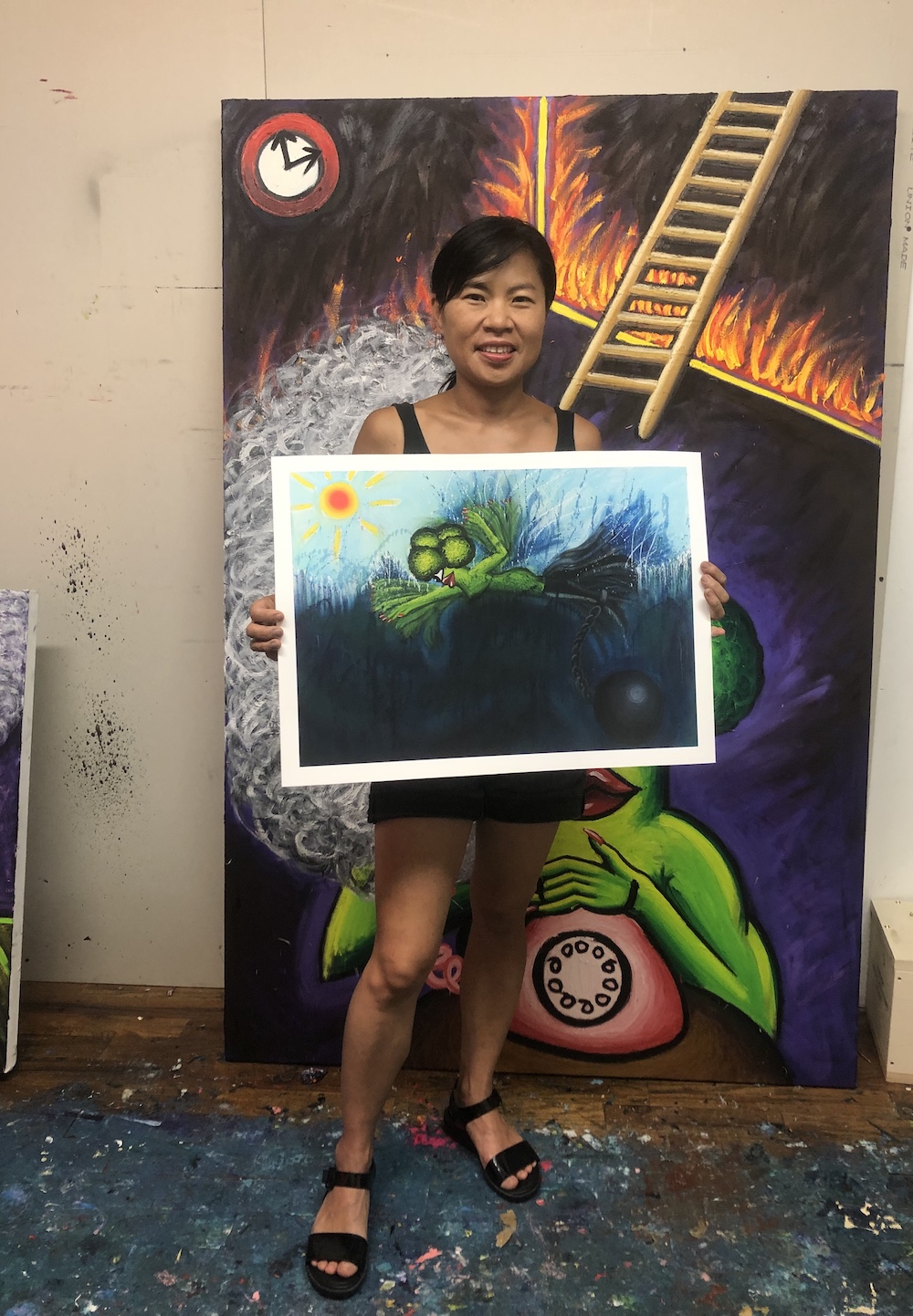
Courtesy of ART FOR CHANGE.
Koh—a multimedia artist who has dealt in drawings, paintings, sculptures, and photos, has established a name for herself with loud plants-, fruit- and vegetable-themed pieces commentating on society and gender. Sarcastic at best, Koh’s art makes a statement with themes of childhood and parental relationships, sometimes poking fun at the oft-repeated and health-minded phrase, “Eat your vegetables,” by depicting said vegetables crying or smoking—the opposite of healthy vegetables.
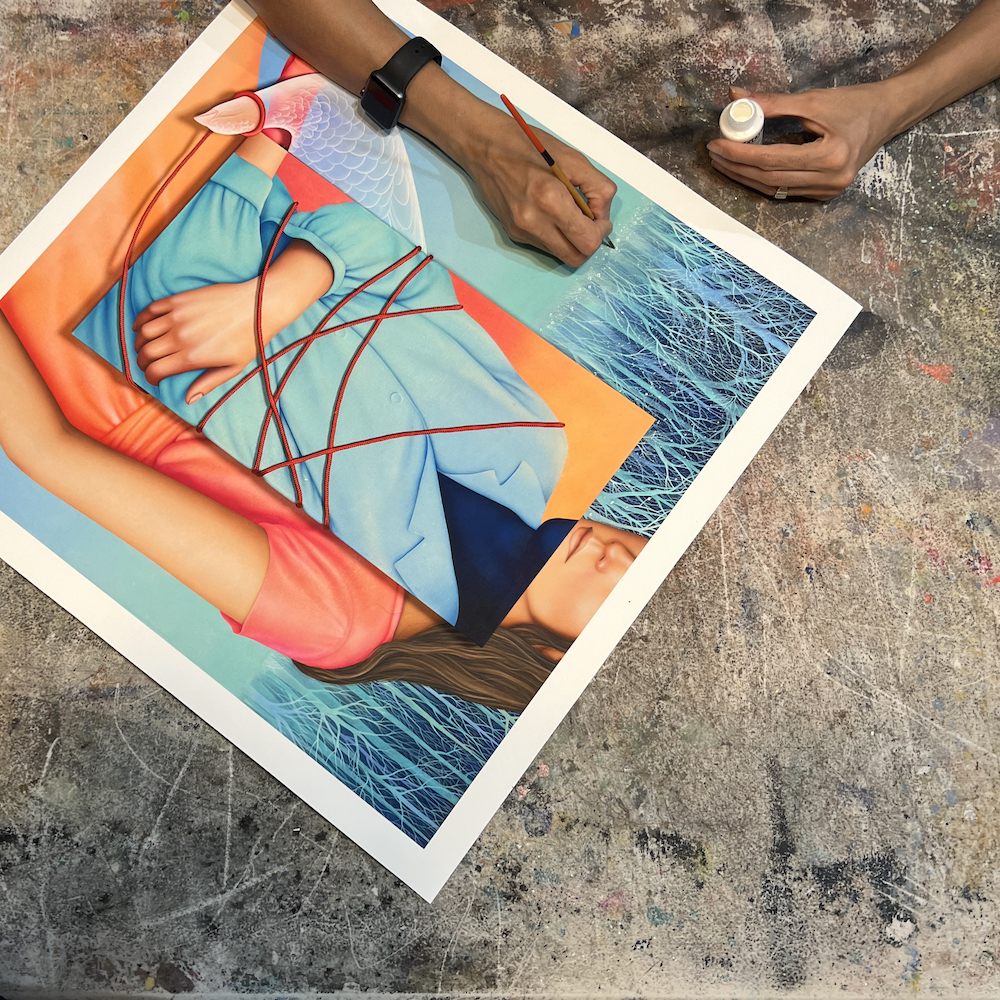
Courtesy of ART FOR CHANGE.
Khosravi’s surrealist paintings touch on themes of exile, freedom, and power and a wide variety of global influences. The artist often uses Iranian printed textiles in lieu of plain canvases or sometimes builds her own three-dimensional canvas out of wood panels. Her work highlights female protagonists and comments on human rights, while somewhat presenting as autobiographical.

